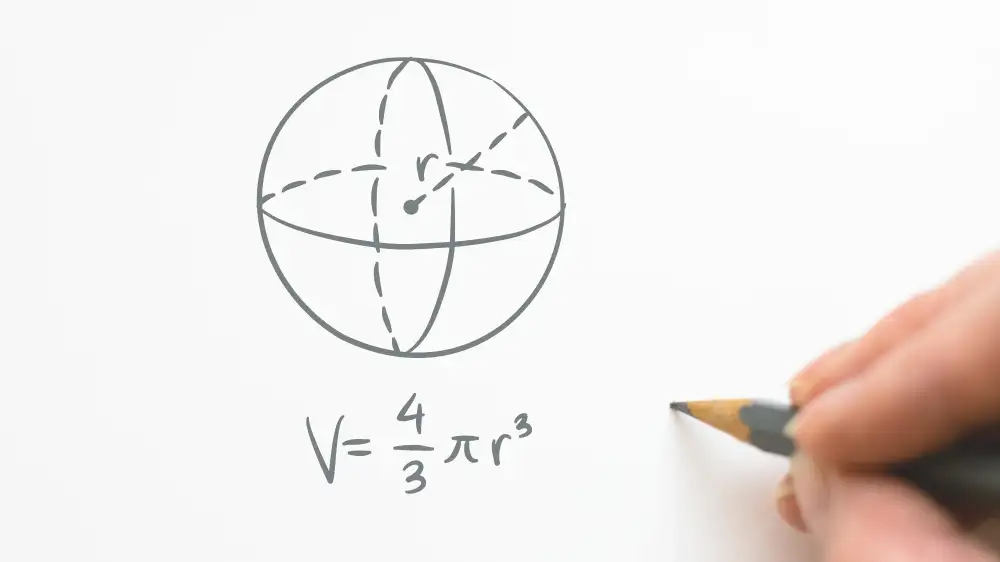In the article on primary directions, we mentioned that house cusps are the intersections of lines that divide the celestial sphere into 12 parts with the zodiac circle. In this article, we will derive equations for calculating the house cusps in the Regiomontanus system.
We will use the equation for a mundane position in the Regiomontanus system, which we derived in the previous article.
[toc]
Equation of House Cusps
In the previous article on the mundane position in Regiomontanus system, we have derived the equation for the mundane position of any point on the celestial sphere. This article will derive the equations for the house cusps.
The house cusp, by definition, is a point on the ecliptic, so it has celestial latitude $\delta$ that equals zero. If we substitute $\delta = 0$ and equation of the ecliptic (2) into the equation of mundane position (1), we'll have:
Here
- $RA_P$ - the right ascension of the point on the ecliptic
- $RA_M$ - the right ascension of the mundane position of that point we have derived earlier
- $RAMC$ is the equatorial coordinate of a culminating point, the measure of local sidereal time
- $\epsilon$ is the inclination of the ecliptic
We can write an inverse conversion and express the right ascension of the ecliptic point from its mundane position's coordinate.
If we know the right ascension of the elliptical point, we can easily express its elliptical longitude by the equation of the ecliptic (1).
For the house cusps $RA_M = RAMC + 90 + i 30$, where $i = 0..11$ for the houses 1..12 correspondingly. Finally, we have the formula for house cusps in the Regiomontanus system:
where $\lambda$ is the zodiac degree of the cusp, and $RA_M = RAMC + 90° + i30°$, $i = 0 ..11$ for houses 1..12.
Check It Out
If we substitute $i = 0$ and consider, that
$$ \tan (RAMC + 90°) = - \frac{1} {\tan RAMC} $$
we will get
And if we substitute i = 9, we'll get
$$ \tan MC = \frac{\tan RAMC} {\cos\epsilon} $$
It coincides with formulas for ASC & MC we derived earlier.


